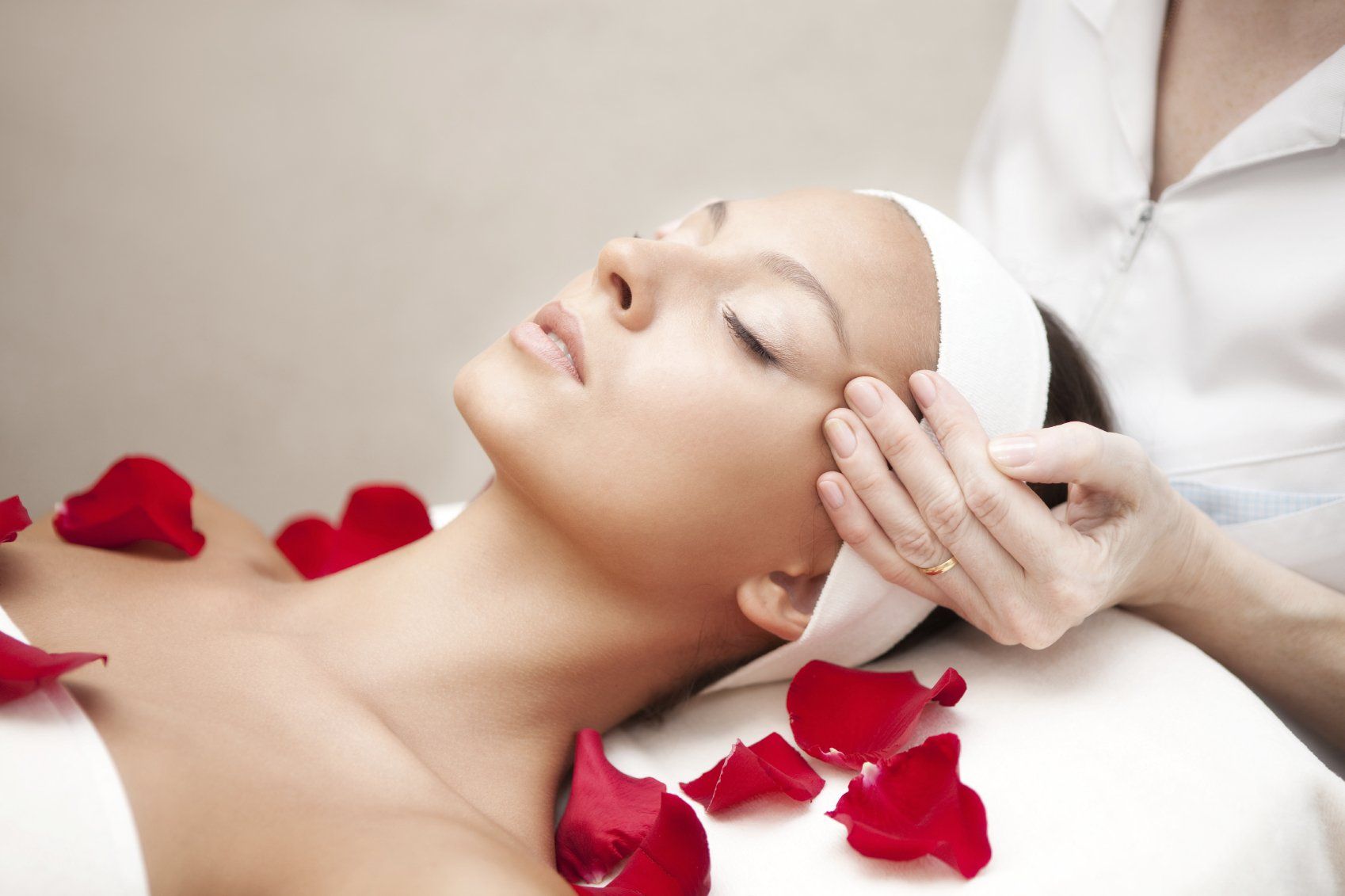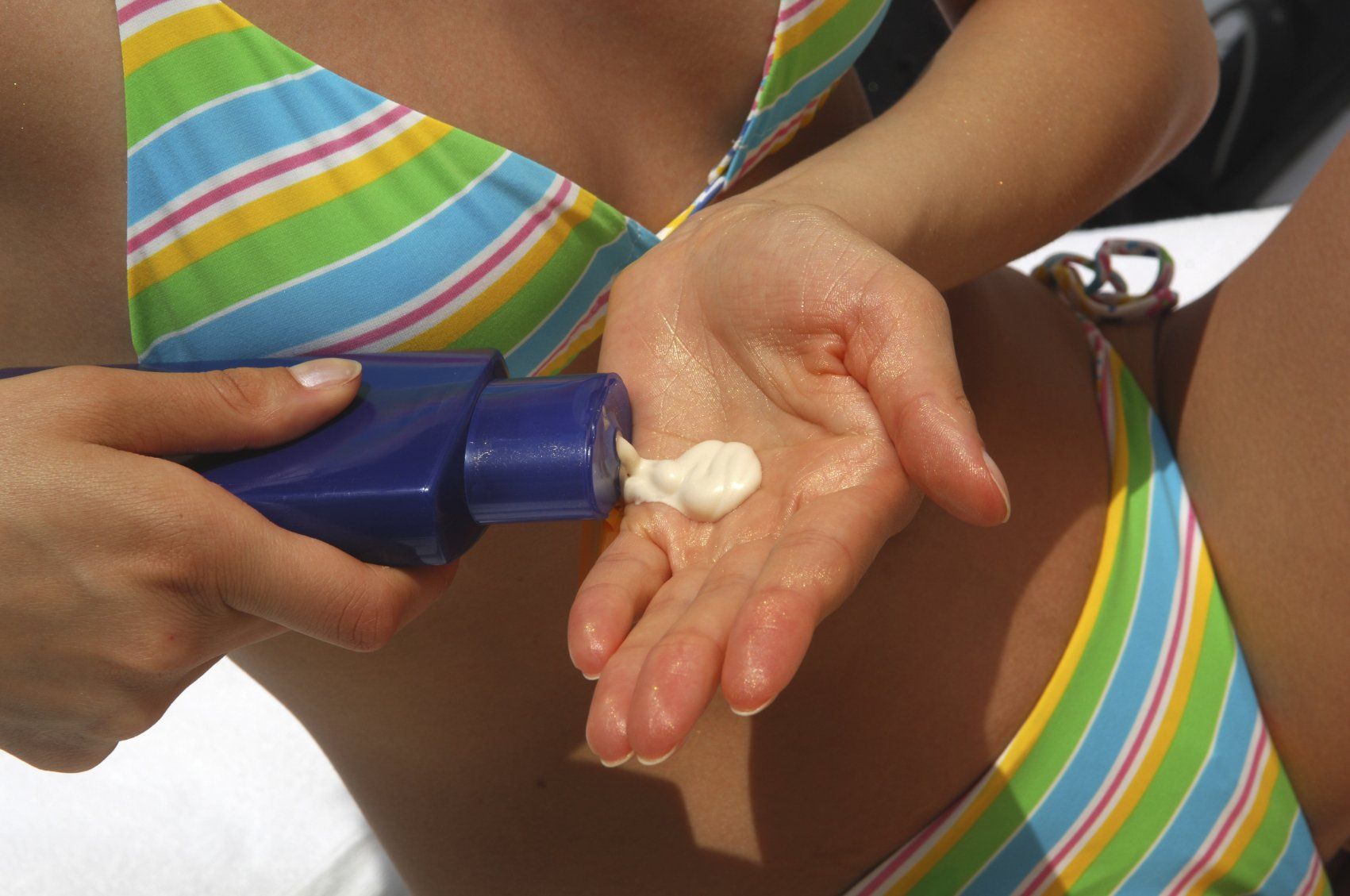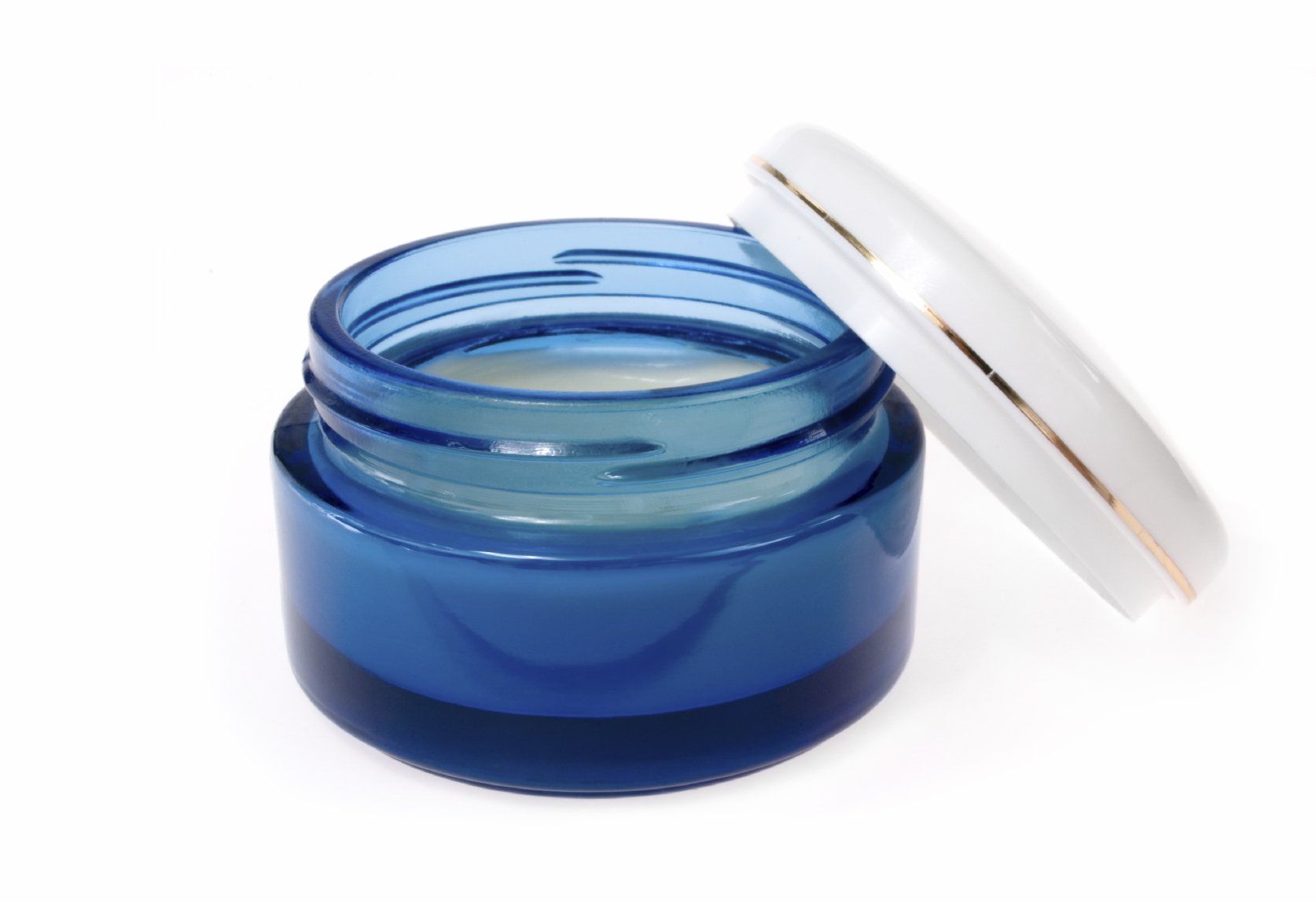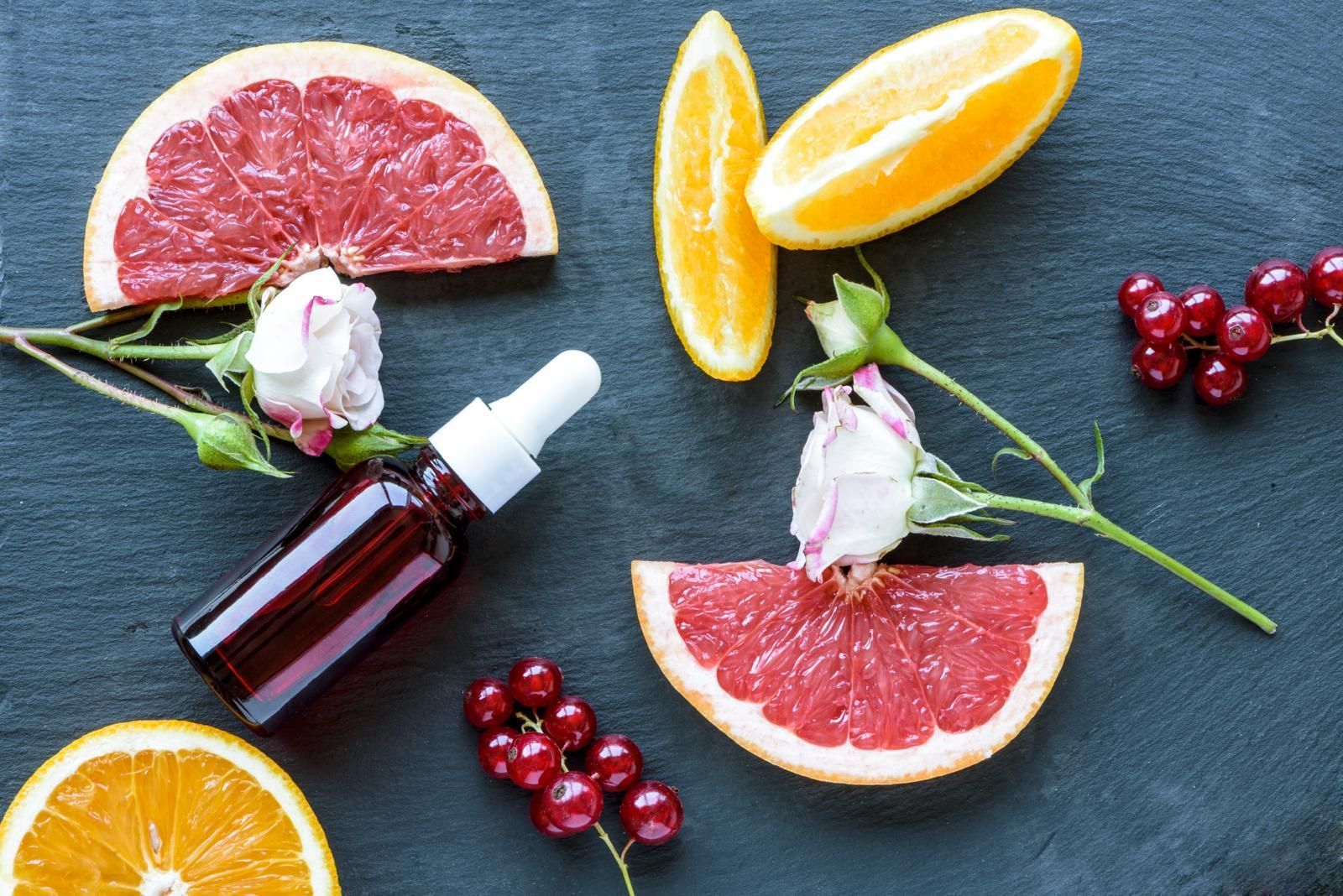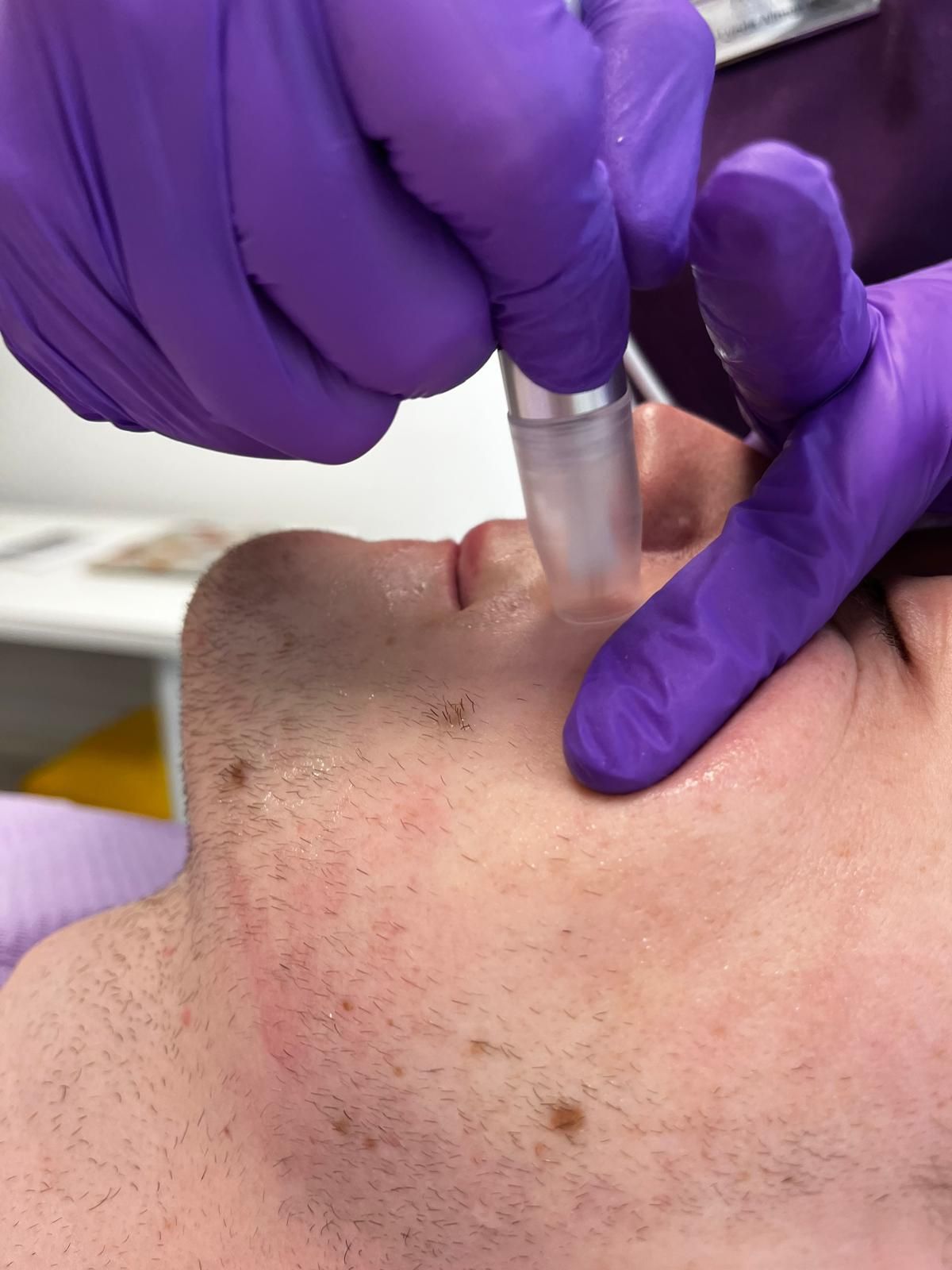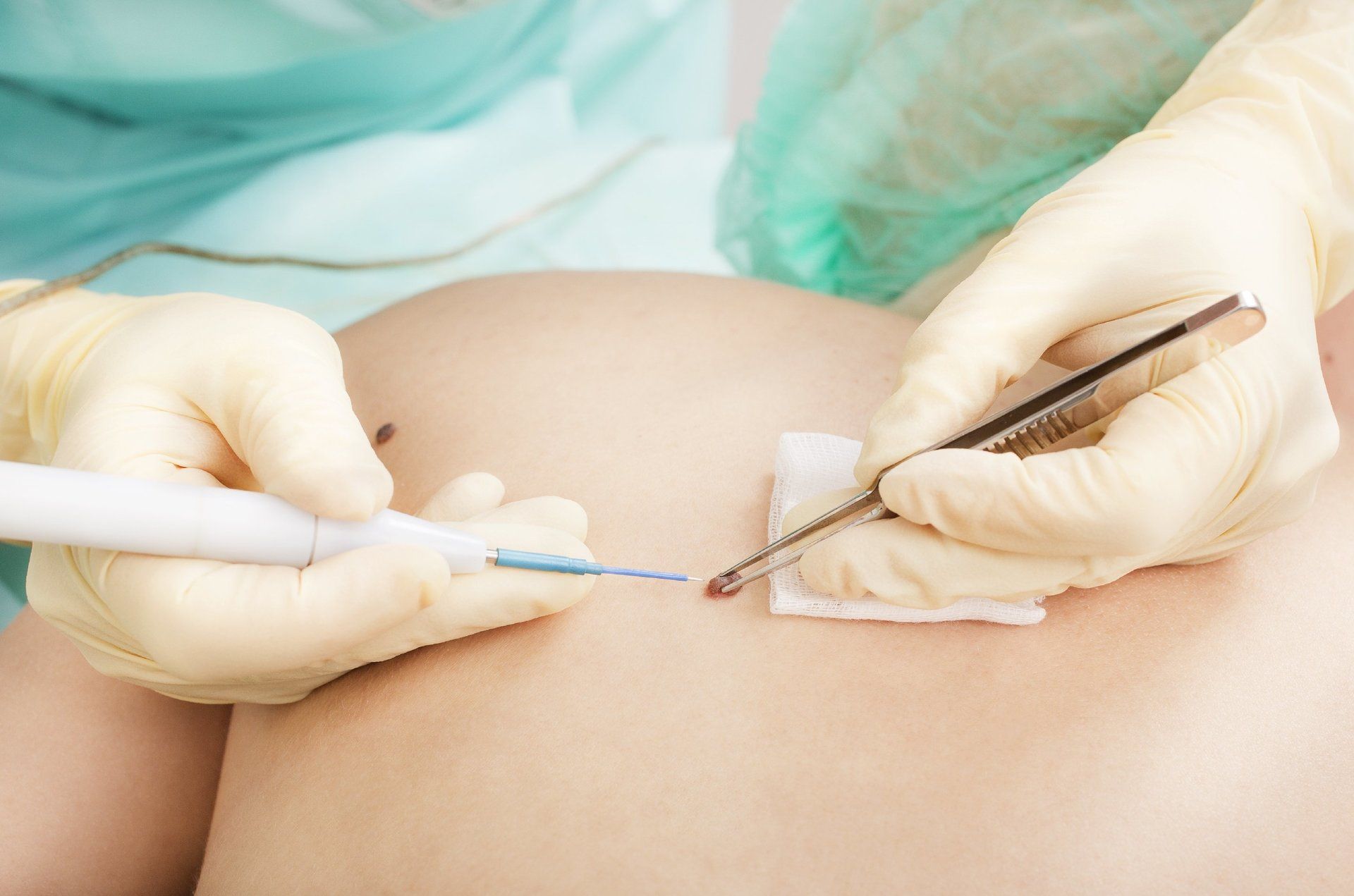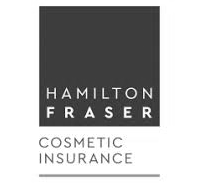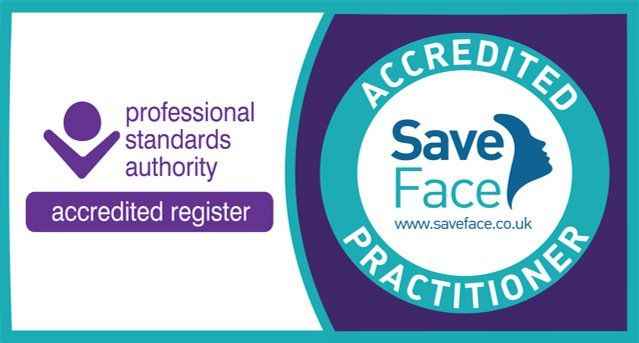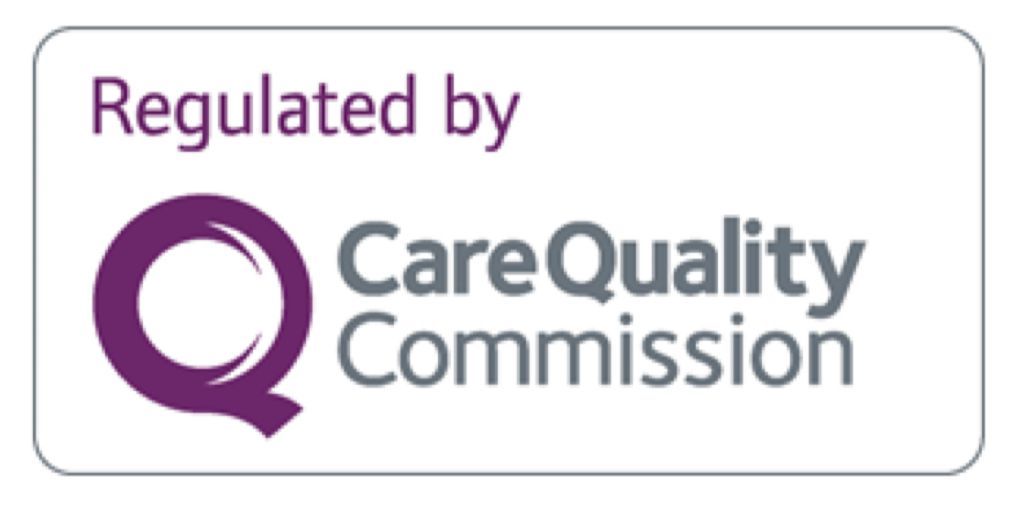Sunscreen Explained
Why bother with sunscreens at all?

In light of UV Awareness Month (July) we wanted to delve further into sunscreen and what it is so important!
Pursuing the perfect tan might seem like a great idea when we are in our 20’s, but as we get older, we start to see how unprotected sun exposure takes its toll on our skin. Did you know that light rays from the sun account for over 90% of premature skin ageing and is the
primary cause of skin cancer? The effects of sun damage build up over the years. Protecting our skin from the sun is a must, regardless of our age, climate or the time of year.
What is the difference between UVA and UVB?
We often see these letters on our skin care products but what do they actually mean?
UVA = Ultraviolet A (long wave)- UVB = Ultraviolet B (short wave)
UVA and UVB are two very different types of radiation that can damage your skin.
To keep it simple, remember UVA as ‘A for Ageing’ and UVB as ‘B for Burning.”
UVA Rays are the biggest cause of skin ageing
UVA rays wreak havoc on the collagen and elastin in our skin and are responsible for the visible signs of ageing, sun-spots, pigmentation and wrinkling. They can contribute to skin cancer.
The levels of UVA rays are the same whether it is a cloudy day or bright sunshine and they can pass through clouds, glass and even some clothing.
You might not be able to feel UVA rays, but they will affect your skin.
UVB Rays cause sunburn and skin cancer
UVB rays are responsible for sunburns and cataracts and they affect the immune system. Every time we have a sunburn some permanent damage occurs within the skin cells and ‘sunburn cells’ develop. These cells are overactive and produce thickened leathery-type skin which builds up over time.
Most importantly, UVB rays contribute to skin cancer.
But what does the SPF number mean?
SPF = Sun Protection Factor
SPF only applies to the UVB rays. It does not apply to the UVA rays.
The SPF number lets you know how well the sunscreen protects skin against sunburn.
Effectively this tells you how long the sun’s UVB radiation would take to redden your skin when using the product
exactly as directed
versus the amount of time without any sunscreen . So ideally, with SPF 30, it would take you 30 times longer to burn than if you weren’t wearing sunscreen.
An SPF 30 allows about 3 percent of UVB rays to hit your skin. An SPF of 50 allows about 2 percent of those rays through. That may seem like a small difference until you realise that the SPF30 is allowing 50 percent more UVB radiation onto your skin.
How do I protect against UVA radiation?
If you want to protect your skin against both types of UV rays you’ll need to check that your sunscreen is ‘broad spectrum’. Sunscreens that have this on their label have undergone additional testing. Usually the UVA protection will be displayed as a star rating.
Look for a sunscreen with a 5 star rating for the best protection.
What is the difference between a physical and chemical sunscreen?
There are two types of agents used in sunscreen – physical and chemical.
Physical sunblock sits on top of the skin and creates a barrier that reflects the sun’s rays. The minerals titanium dioxide and zinc oxide are the main active ingredients in physical blocks. Physical sunblock is effective immediately when it is applied to the skin.
Physical sunscreens tend to last longer in the sun, however they will be washed off with sweat and water. They tend to be less irritating on sensitive skins but some can leave a whitish appearance.
Chemical sunscreen
absorbs into the skin and then absorbs UV rays, converts them to heat and releases them from the body. The active ingredients are organic compounds such as Oxybenzone and Avobenzone. Typically, a chemical sunscreen takes 20-30 minutes after application to become fully effective.
Chemical sunscreens have a thinner texture and spread more easily on the skin. However, the chemicals will be ‘used up’ quickly in direct sunlight and need to be applied regularly.
How much sunscreen should I use?
Most of us do not use enough sunscreen. A handy guide for an average sized person is as follows:
Face and neck: about 5ml – about a teaspoon
Body: about 30ml – just enough to fill a shot glass.
My makeup has an SPF rating. Isn’t that enough?
Some foundations claim to have an SPF rating but this will only be effective if there is sufficient product applied repeatedly throughout the day. Most of us wouldn’t apply a teaspoon of foundation every couple of hours.
The best protection is to apply a dedicated broad spectrum facial sunscreen in the morning and after our skincare routine and before applying makeup.
Throughout the day you could re-apply using a brush-on mineral block over the top of your makeup.
How often should I use sunscreen?
Every day, whatever the weather, indoors or outdoors any area of the skin that is exposed to light should have sunscreen applied. Typically, this means at the very least, our faces, necks and back of the hands.
Out in the sun, we should re-apply sunscreen to exposed skin every two hours and more frequently if we have been sweating or been in water.
SPF -The best anti-ageing cream you can buy!
Let’s make applying sunscreen as routine as brushing our teeth in the morning. If we only have one hero product in our skincare routine let it be SPF!
For a consultation to discuss the right sunscreen for you, get in touch.


